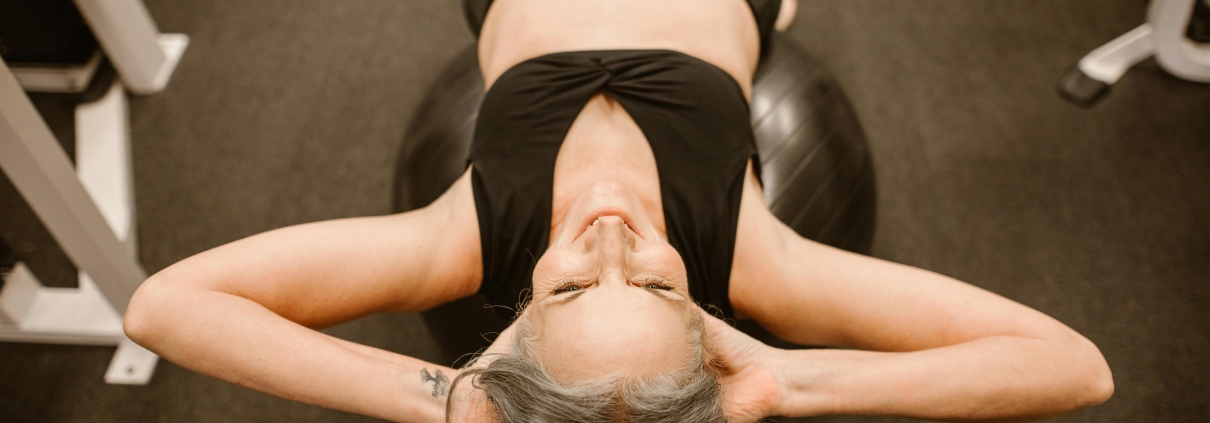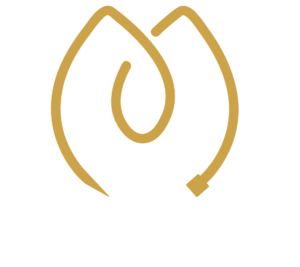Diet and Exercise’s Role: Uterine Fibroid Embolisation Recovery
Are you considering Uterine Fibroid Embolisation (UFE)? Then you should know that your recovery is significantly influenced by how you approach diet and exercise. While the procedure itself is minimally invasive, supporting your body through the healing process with appropriate nutrition and gentle physical activity is important. This guide outlines generally what to expect and how to best manage your diet and exercise after UFE, ensuring a smoother and more effective recovery. Always consult with a UFE specialist on your post-treatment care.
Immediate Post-UFE: Gentle Care and Gradual Movement
In the initial 24 to 48 hours following UFE, healing takes precedence. During this period, gentle movement is encouraged to promote blood flow, maintain energy levels, and reduce the risk of blood clots. Short, slow-paced walks around your home are ideal. However, it is crucial to avoid any strenuous activities, heavy lifting (typically over 4.5 kg), strong bending, or abdominal workouts. Even seemingly light tasks like carrying groceries can be too much too soon.
As you continue to heal, gentle stretches and slow walks remain key components of your post-embolisation wellness plan. Resist the urge to rush back to your pre-procedure workout routine. Instead, gradually reintroduce more activity over the subsequent weeks, always listening to your body’s signals. Most individuals feel capable of resuming daily tasks within two weeks, but pushing your body too early can delay recovery. Discomfort is your body’s way of indicating the need to slow down.
You may be interested in: Uterine Fibroid Embolisation Recovery: What to Expect
Nutritional Support for UFE Recovery
While movement aids circulation and healing, dietary choices are equally vital. A balanced diet and exercise can help you make the most of UFE recovery. You can expect these habits to significantly support energy levels, accelerate recovery, and potentially help manage fibroid symptoms long-term. Focus on incorporating foods known for their anti-inflammatory properties:
- Leafy Greens: Spinach, kale, and other dark leafy vegetables are rich in nutrients that support healing.
- Fresh Berries: Blueberries, raspberries, and strawberries are packed with antioxidants.
- Whole Grains: Opt for oats, brown rice, and quinoa for sustained energy.
- Lean Protein: Sources like fish, chicken, and legumes provide essential amino acids for tissue repair.
Adequate hydration is also crucial. Drinking plenty of water, clear juices, and hydrating soups can aid digestion and replenish fluids lost during the healing process.
Conversely, it is advisable to limit or avoid processed snacks, sugary drinks, and red meat, particularly in the early stages of recovery. These can potentially trigger inflammation and impede your progress. Starting with bland, easily digestible meals such as broiled chicken, plain rice, and toast can help ease your digestive system.
Returning to Movement: Safe Practices for UFE Recovery
As your body adapts, maintaining low-impact activities is one of the most important UFE recovery tips. Consider walking, gentle stretching, or light yoga (avoiding twisting or core-heavy movements). These activities support circulation without placing undue strain on your abdomen. It is generally recommended to wait at least one to two weeks before engaging in high-intensity activities such as running or weightlifting, or until advised by your doctor. If fibroid symptoms previously limited your physical activity, this period offers an excellent opportunity to gradually rebuild strength and mobility.
Adopting a healthy lifestyle for fibroids is not about drastic changes but rather consistent, manageable daily steps that support your recovery. Sufficient rest, nourishing meals, and incorporating gentle movement all contribute to your body’s healing process. Whether it is preparing meals rich in anti-inflammatory ingredients or taking a daily walk outdoors, small, consistent choices accumulate to support your healing journey.
Long-Term Wellness: Sustaining Healthy Habits Post-UFE
Beyond the initial recovery phase, maintaining a consistent routine that combines healthy eating and balanced movement is highly beneficial. Diet and exercise after UFE are not solely for immediate healing; they play a significant role in long-term fibroid management and overall well-being. Incorporating light strength training, mindful movement practices like yoga or Pilates, and a diet abundant in natural, unprocessed foods can help reduce the likelihood of new symptoms and promote sustained post-embolisation wellness.
Your post-embolisation wellness plan should be sustainable and adaptable, rather than restrictive. The objective is not perfection but balance and attentive listening to your body’s needs. Whether you are returning to full workouts or still gradually increasing your activity levels, consistency and self-compassion are key to achieving lasting results.
Conclusion: Empowering Your Recovery Journey
Embarking on your post-UFE journey with the right blend of diet and exercise is crucial for your long-term wellness. Embracing small, sustainable changes can significantly support your healing and empower you to manage fibroids more effectively. At Minima Radiology, we understand the importance of individually-tailored recovery for UFE success. Our team is dedicated to guiding you through every step of your journey. Contact us today to learn more about crafting a recovery plan that complements your medical needs and lifestyle goals.





Leave a Reply
Want to join the discussion?Feel free to contribute!